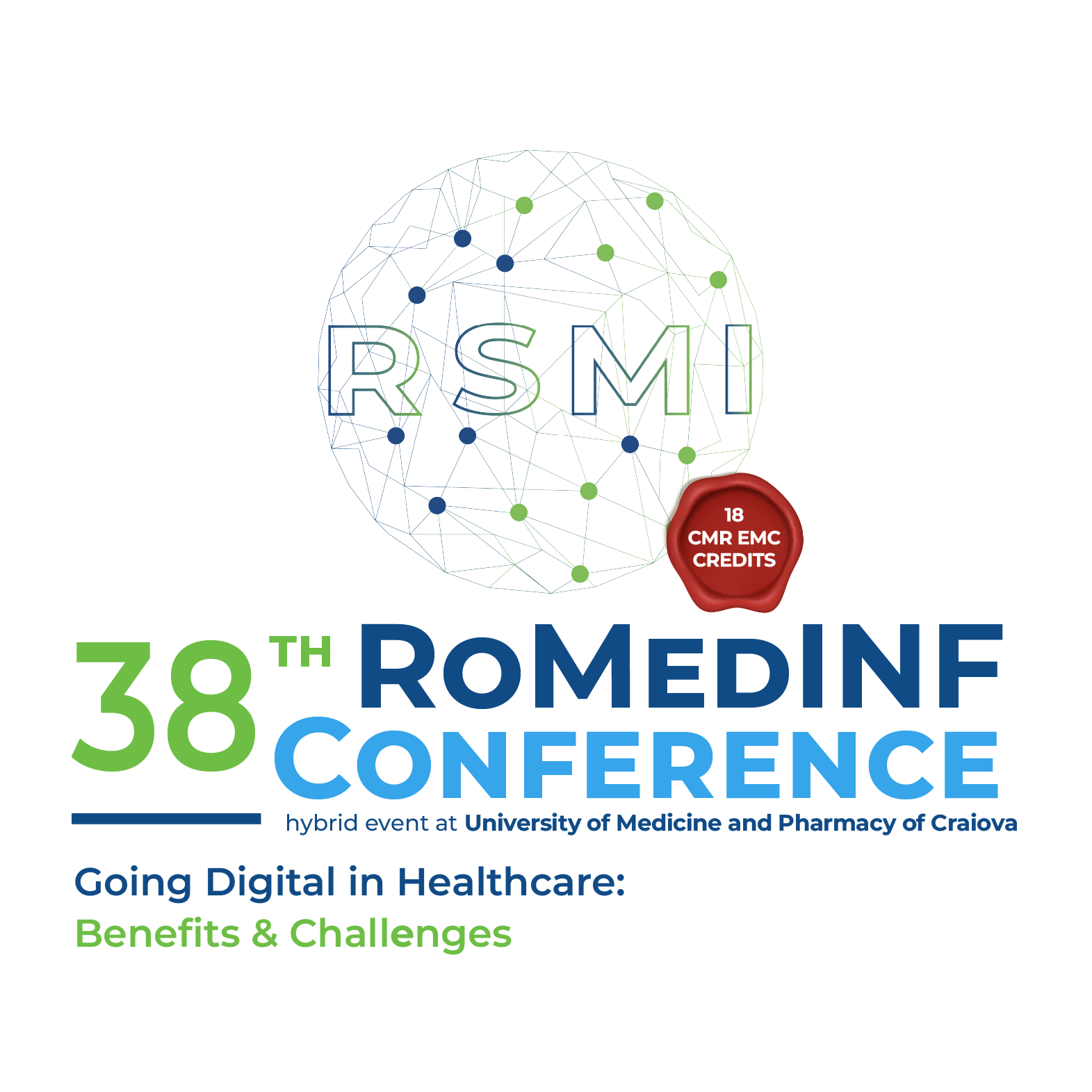A Comparison Between Artificial Intelligence and Radiologists’ Ability to Detect Lung Nodules
Keywords:
Lung cancer; Artificial Intelligence (AI), Computed Tomography (CT), Lung NoduleAbstract
Background: Early and accurate identification of pulmonary nodules as potential indicators of lung cancer is essential to reducing lung cancer-related mortality and morbidity. Artificial intelligence (AI) holds promise for improving diagnostic precision and specificity in lung cancer detection. The aim of this study is to emphasize this information. Methods: Contrast-enhanced chest CT scans from 224 patients aged 40 to 75 were analyzed retrospective to compare pulmonary nodule detection rates across three approaches: AI-assisted reading, non-AI-assisted reading, and AI-generated standalone reports. Patients who had a history of lung surgery, incomplete diagnostic report or major respiratory CT artifacts were excluded from the study. Results: Radiologists assisted by AI missed significantly fewer nodules (p = 0.049) and demonstrated an almost perfect correlation (0.999) with expert reference values, reducing the mean absolute error (MAE) from 12.24 to 4.92. Artificial Intelligence also improved detection sensitivity from 80% to 99% and significantly lowered false negatives from 938 to 34, enhancing both diagnostic accuracy and efficiency. Conclusions: Artificial Intelligence-assisted reading has proven superior to unaided radiologist evaluation in detecting lung nodules. These findings support the potential of AI-powered systems as valuable tools in clinical practice, complementing radiologists’ expertise. Integrating AI into lung cancer screening may lead to more effective detection strategies and encourage broader adoption of AI in diagnostic workflows.
Downloads
Published
How to Cite
Issue
Section
License
Copyright (c) 2025 Cristina Mihaela CIOFIAC, Rossy Vlăduţ TEICĂ, Lucian Mihai FLORESCU, Ioana Andreea GHEONEA

All papers published in Applied Medical Informatics are licensed under a Creative Commons Attribution (CC BY 4.0) International License.

